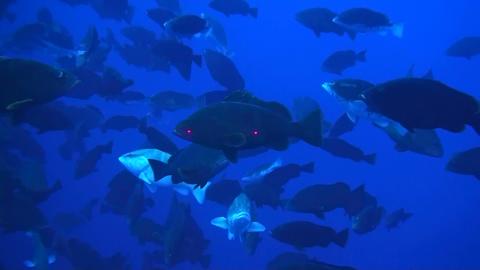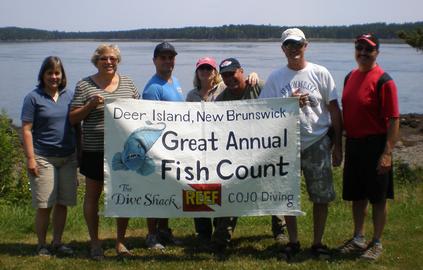The 21st annual Great Annual Fish Count (GAFC) took place in July, with many dive shops, dive clubs, and other groups organizing fish ID classes, dive /snorkel days, BBQs and more fun gatherings. The concept behind the GAFC is not only to accumulate large numbers of surveys during the month of July, but to introduce divers/snorkelers to fishwatching and get them started doing REEF surveys. Groups from California, Oregon, Washington, British Columbia, Hawaii, Massachusetts, Maine, Hawaii, Florida, North Carolina, and new to the event in 2012 - New Brunswick, all participated!


